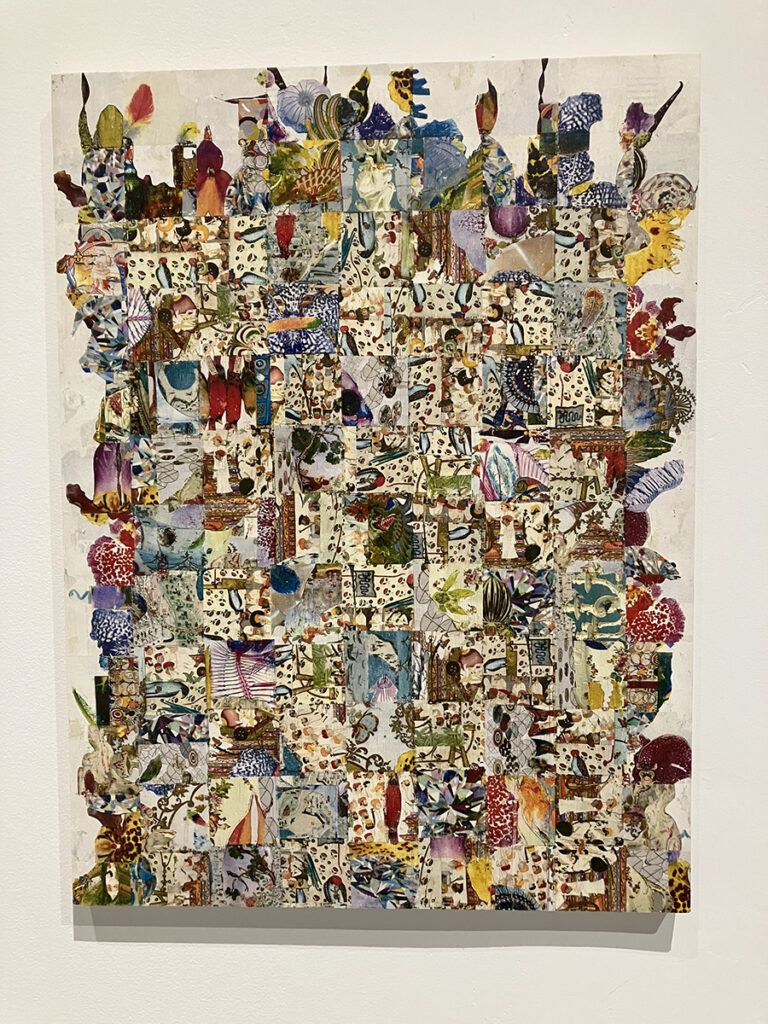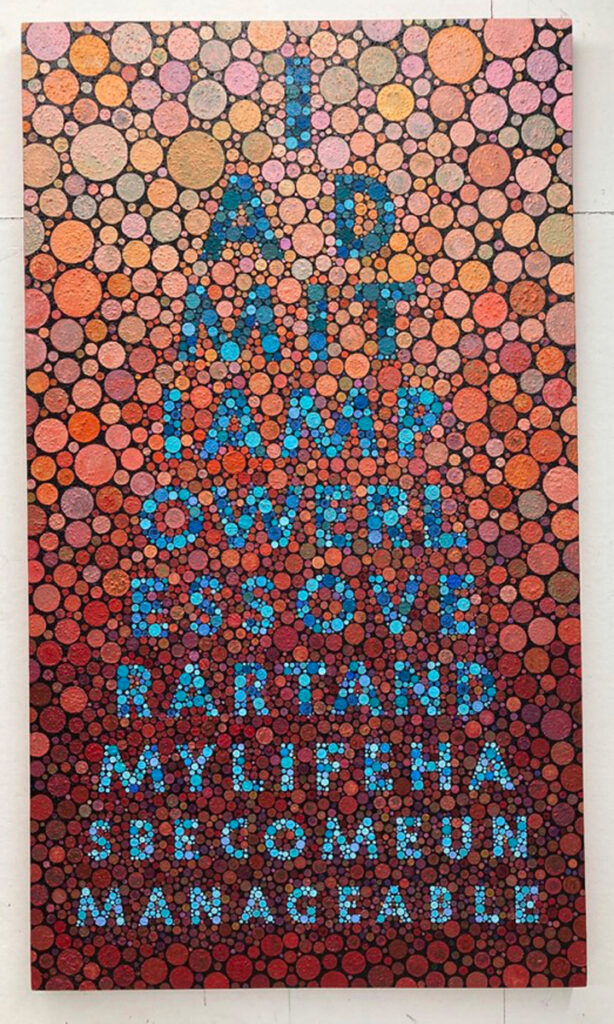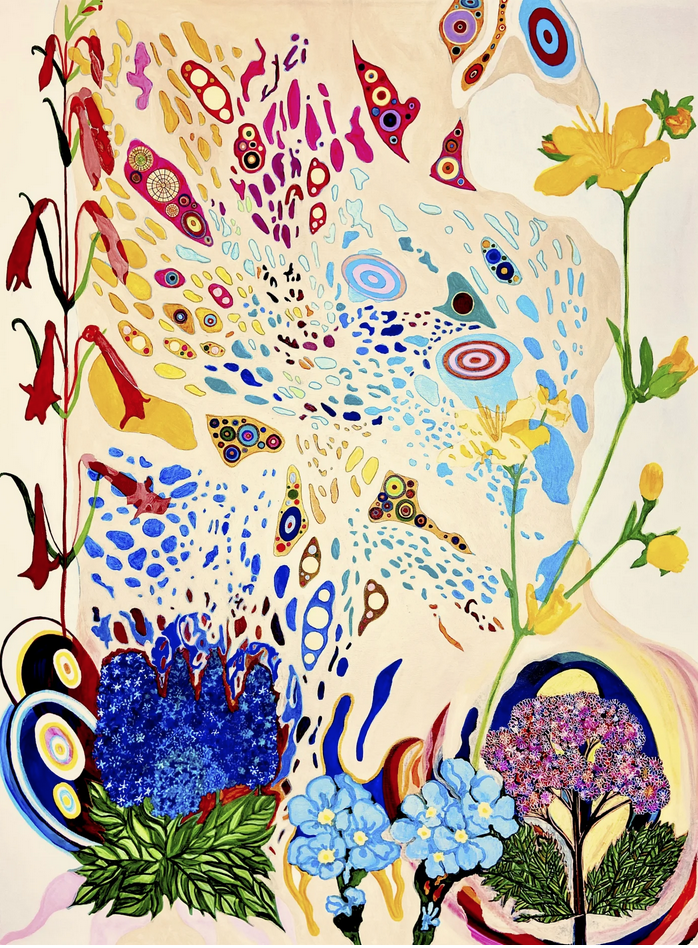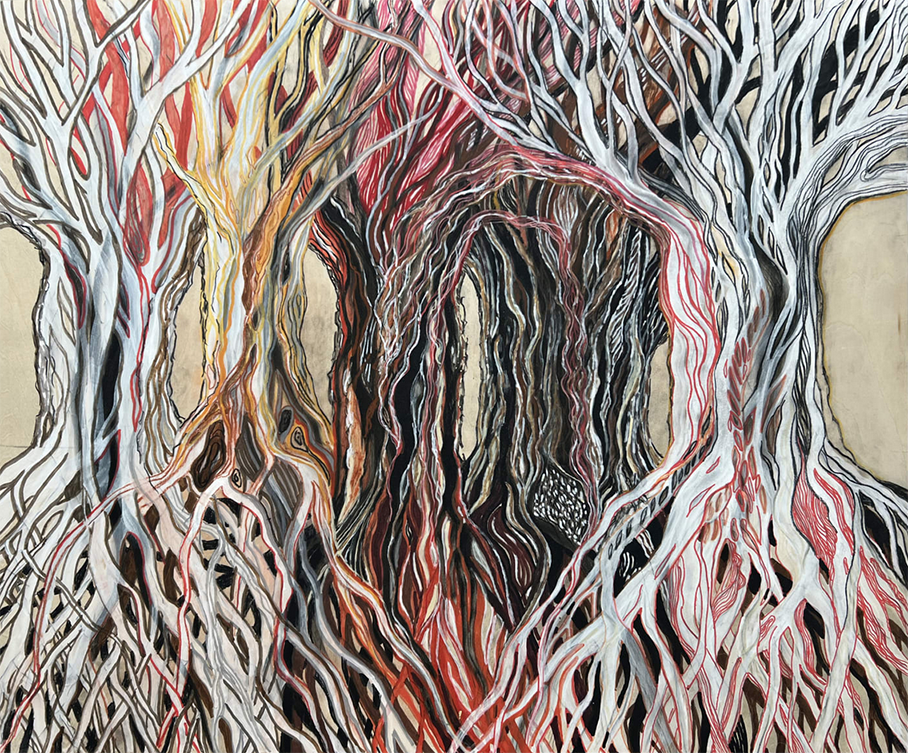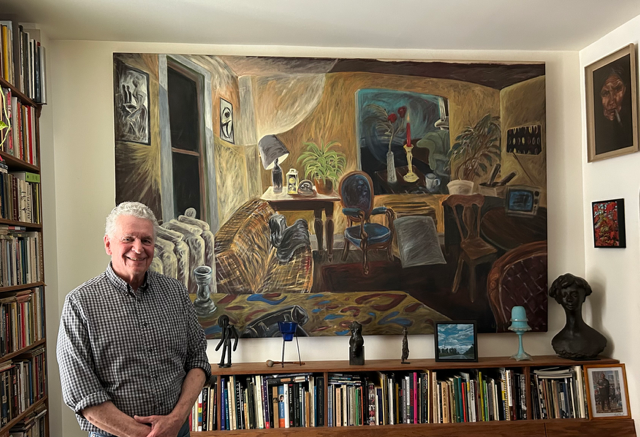by Roy Bernardi
The art world is a realm where new discoveries occur on a daily basis. While some may argue that finding a life-changing bargain is improbable, the reality is that such opportunities do exist, often emerging unexpectedly. Artworks are unearthed regularly in the most surprising locations. One must simply open their eyes and comprehend what they are observing. A valuable find may be located in an attic, within a museum’s vault, in an antique store, or at an auction where it is misrepresented or mistakenly labeled as “Attributed to ….” a designation that it is believed to be a work by the artist. “Studio of ….” indicates that it is thought to be a piece created in the artist’s studio or workshop. “Circle of ….” implies that the work is from the artist’s era. “Style of ….” or “Follower of ….” denotes a piece executed in the artist’s style. “Manner of ….” suggests that the work is in the style of the artist but was created at a later time.“After ….” indicates that it is considered a copy of a work by the artist.
In October 2024, a notable painting by a Canadian artist, lost for over a century, was rediscovered by a gentleman in England. He acquired the artwork at an auction, which was described as being “in the style of” Helen McNicoll, for just over £2,000.
This long-missing piece by Canadian impressionist Helen McNicoll has been located and authenticated in the United Kingdom by the expert team from the BBC television program “Fake or Fortune?” They have estimated it at approximately £300,000 more or less.

In September 2024, a 17th-century painting by Rembrandt was discovered in an attic in Maine, USA, and sold for $1.4 million in a record-setting auction.
The piece, titled Portrait of a Girl, was offered during the annual Summer Grandeur sale at Thomaston Place Auction Galleries, listed as “After Rembrandt Harmenszoon Van Rijn Portrait of a Girl, an oil painting on cradled oak panel, unsigned, with a label from the Philadelphia Museum of Art, which had lent it for a 1970 exhibition. Measuring 20 1/2″ x 16 1/2”, it was estimated to fetch between $10,000 and $15,000.
The bidding was fierce, ultimately resulting in the artwork being acquired by an unnamed European collector.

In February 2014, experts announced the discovery of a long-lost painting attributed to Caravaggio. This artwork, found in a French attic in 2014, has been appraised with a pre sale estimate ranging from €100 million to €150 million. With only 65 known paintings by Caravaggio in existence, this piece represents the 66th, having remained in an attic for over a century.
The painting, which bore signs of age and water damage, was presented to a dealer and appraiser of Old Master artworks in Paris, who confirmed its significance as a lost creation of the renowned Italian Renaissance artist.
Shortly before its scheduled auction, the painting was sold privately to a foreign buyer, with the details of the sale, including the price and the buyer’s identity, protected by a confidentiality agreement..

August 2014. After a span of 25 years, an oil painting acquired in 1988 for approximately $200 from a Spanish antique shop has been verified as an early Surrealist creation by Salvador Dalí.
The painter and art historian who bought the artwork, entitled The Intrauterine Birth of Salvador Dalí, had long suspected its attribution to Dalí. His suspicion has now been validated by experts.
Initially, the painting was regarded as the work of an unknown artist due to a signature that dated the piece to 1896, eight years prior to Dalí’s birth. However, a decade of scientific analysis has established the painting’s creation date as 1921, when Dalí was 17 years old, and has revealed underlying black and blue pencil marks, a technique frequently employed by the artist.
Furthermore, handwriting analysis indicated that the inscription on the canvas, a dedication to a teacher corresponds with known samples of Dalí’s handwriting from the 1920s. Tests also revealed that a common spelling error he made had been rectified.
The owner has subsequently sold the artwork to an anonymous collector for an undisclosed sum.

In June 2022, a significant lost painting attributed to a follower of the Italian Renaissance artist Filippino Lippi who completed his apprenticeship in the workshop of Sandro Botticelli, was discovered in a London bungalow and subsequently sold for £255,000 ($321,000) at Dawsons Auctioneers in London, England. The artwork was owned by a woman in her 90s who transitioned to a nursing home the previous year.
Her family sought the assistance of Dawsons to appraise the residence and its belongings as they initiated the sale of the property to assist with her medical expenses. The woman, who is reported to be suffering from dementia, was originally from Italy and relocated to the United Kingdom in her youth.
She inherited the painting from her father upon his passing 30 years ago, yet she remained unaware of its significant value and historical relevance. While the auction house has credited the piece to one of Lippi’s followers, the notable final bid indicates that some bidders may believe it to be an original work by Filippino Lippi himself.
According to the Artnet Price Database, only five paintings by Lippi have fetched higher prices at auction, with a record of $2.3 million established at Christie’s New York in 2005.

In September 2023, a previously lost painting by Artemisia Gentileschi was found in the storeroom of Hampton Court Palace in England. The artwork, titled Susanna and the Elders, had been misattributed for approximately 200 years, initially assigned to a male artist and later to the “French School.” Its rediscovery occurred when experts identified it in relation to a description found in an inventory of Charles I’s art collection.
The English monarch possessed seven paintings by Gentileschi; however, it was believed that only one, Self-Portrait as the Allegory of Painting (La Pittura), had survived his execution in 1649. After five years of meticulous conservation efforts, which involved the removal of dirt, overpainting, and previously affixed canvas strips, Gentileschi’s extraordinary portrayal of Susanna and the Elders has now been restored to view. The conservation process also uncovered the “CR,” or “Carolus Rex,” mark on the reverse side of the canvas, thereby further validating the painting’s provenance.
Commissioned by Henrietta Maria, the wife of Charles l, circa 1638 or 1639, the recently uncovered painting illustrates the biblical narrative of Susanna. In this story, Susanna is caught off guard by two men while she is bathing. She rebuffs their propositions, leading them to wrongfully accuse her of infidelity, a charge that carries the death penalty. In the end, Susanna is vindicated.
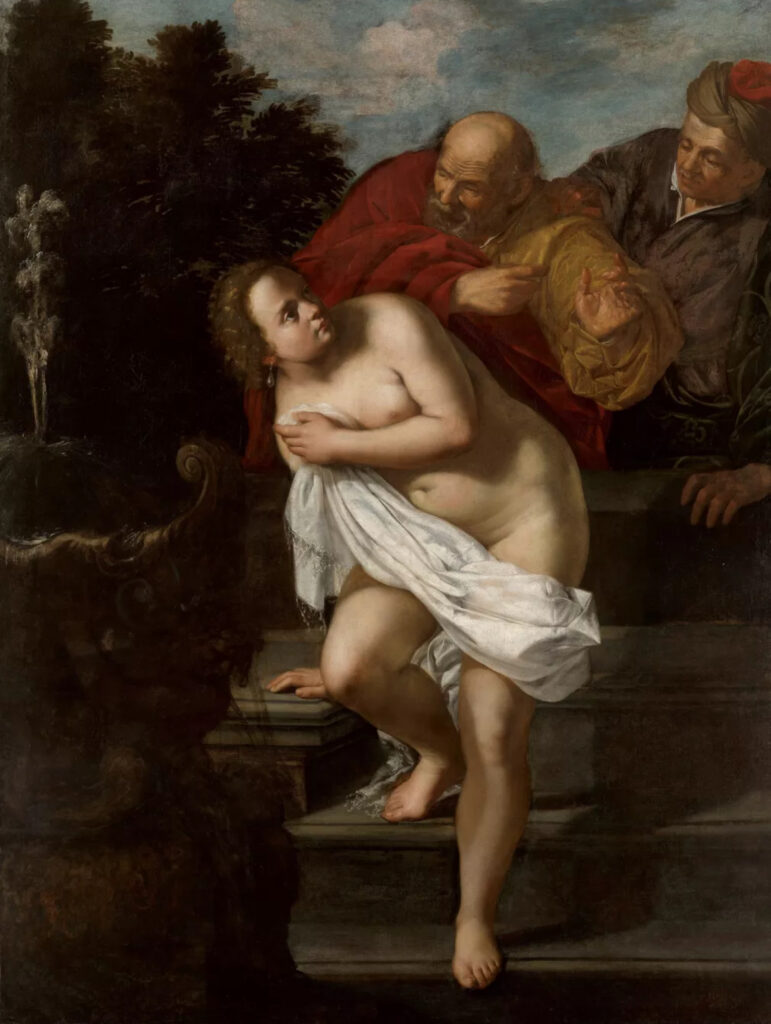
I have a deep appreciation for the vitality of paintings and artworks, as well as the narratives they embody. They thrive in environments where they are cherished, and their journey continues through time in various contexts and subsequently, living on eternally.


